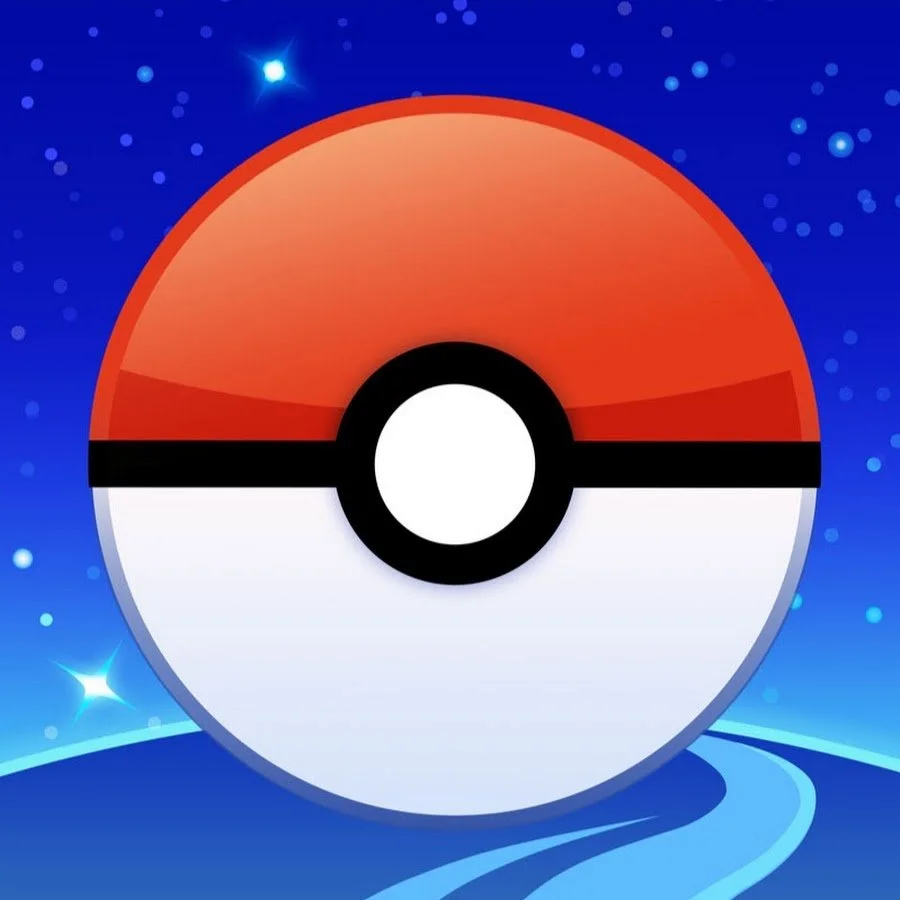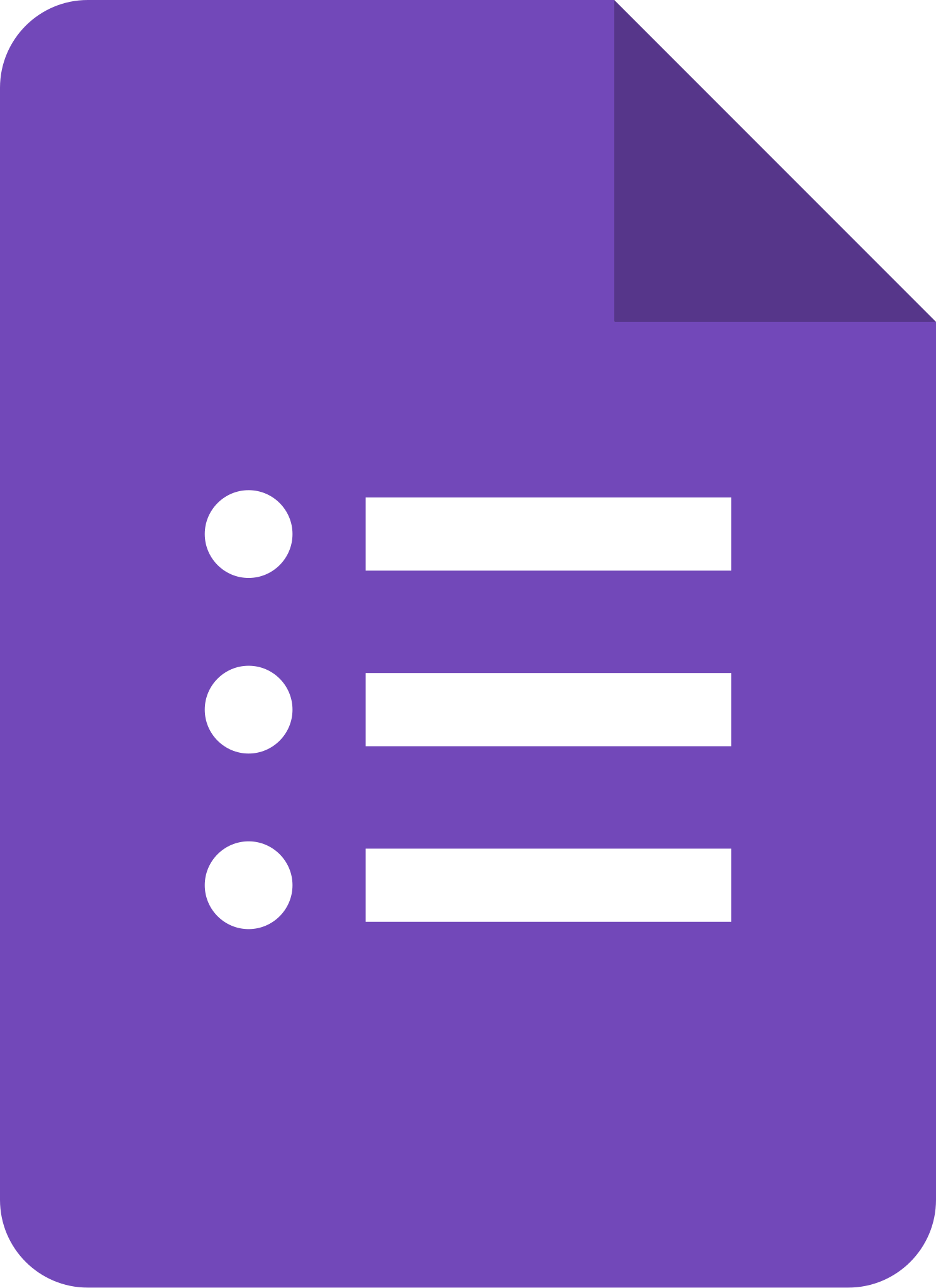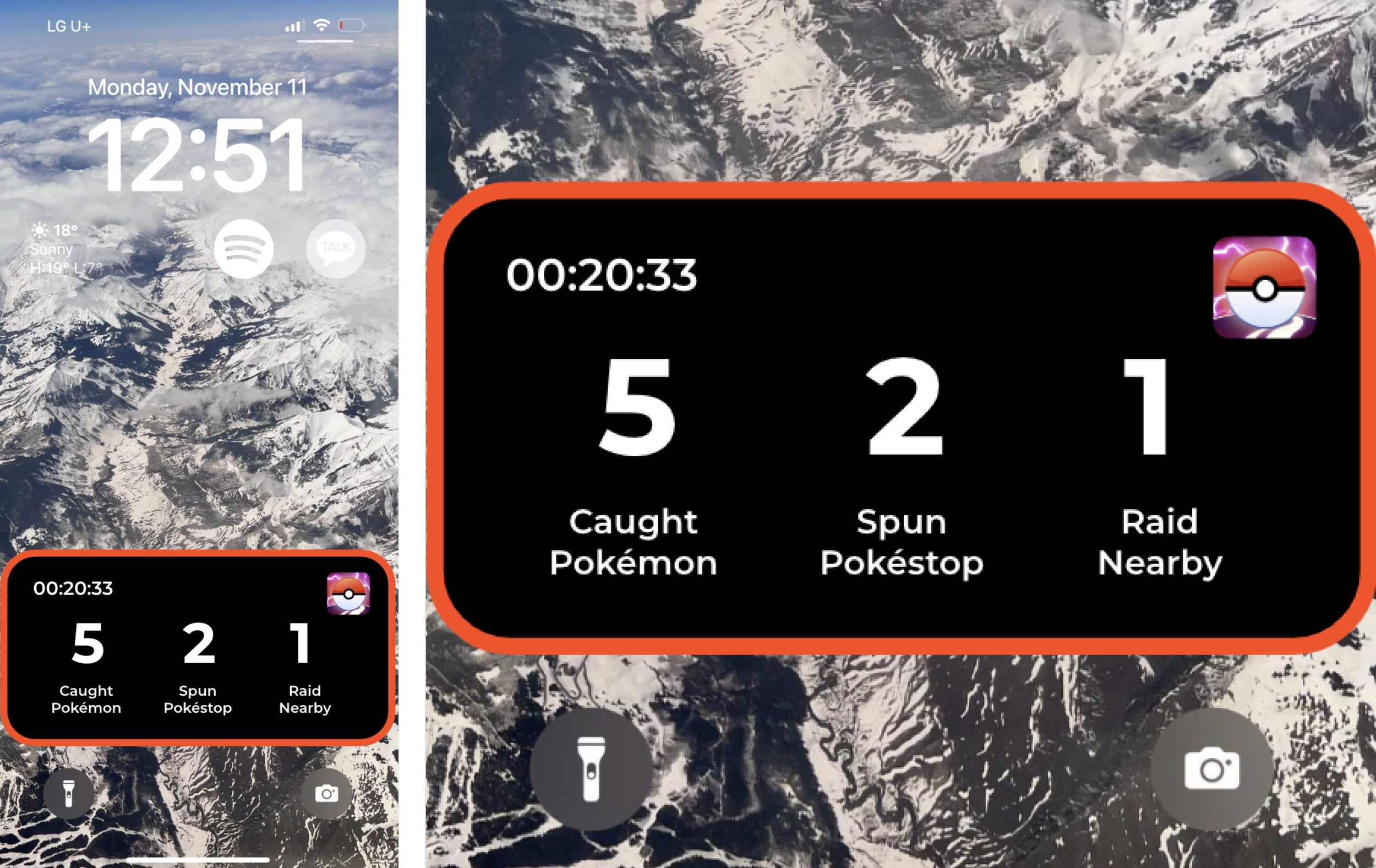Understanding the interaction between RBM glasses and Pokémon GO
As a UXR at Niantic , I’ve been involved in various game research projects, including Pokémon GO and Peridot
RESEARCH I LED - SO FAR
Understanding the Korean Market & Lapsed Players - Pokemon Go
Understanding the first-time user experience of ‘Peridot’
First milestone of Niantic Spatial - Wayfinding
Understanding the interaction between Meta RBM glasses and Pokémon GO
2024 10 - 11 / Role: As a UX researcher, I led the user research and analysis, collaborating with researcher Sara and UX designer Daiga to deliver actionable insights aligned with project goals.
BACKGROUND & GOALS
In the process of integrating Meta’s Ray-Ban smart glasses with Pokémon GO, we aimed to:
Assess how participants notice and respond to notifications through RBM glasses and how SFX influences gameplay in various real-world settings.
Investigate how seamlessly RBM glasses fit into participants’ daily routines and how wearing the glasses affects social interactions and public use during Pokémon GO sessions.
Identify any challenges, pain points, or friction points participants encounter while using RBM glasses for sound and notifications during gameplay, and evaluate their overall satisfaction with the integration.
METHODOLOGY & DATA COLLECTION
We conducted a qualitative study, including a pre-screening survey, task-based observation, and follow-up 1:1 interviews, to understand the user experience of interactions between RBM glasses and Pokémon GO. Over two weeks in November, we recruited 10 internal Niantic colleagues who play Pokémon GO.
RBM glasses were not required but were provided for those who didn’t own them, ensuring diversity in player types and expertise. For the in-person task-based observation, the moderator and participants walked around the Ferry Building in San Francisco, a highly populated area on the Pokémon GO map.
1) Online questionnaire to provide baseline data on their PGO and RBM glasses experiences.
2) Task-based observation study’s gameplay sessions using RBM glasses with Pokémon GO:
Session 1: Active PGO Gameplay
Session 2: Real-World Integration
Most participants had difficulty understanding the meanings of the notification sounds and struggled to grasp them quickly during the study.
There’s the whoosh… grass sound effect, and then there’s this “euh..!”..? I don’t know what that is. - P1
Recommendations:
Provide sound previews one at a time, allowing them to take action in response so they can associate each sound with a specific meaning.
Provide a sound glossary so that users can easily reference and understand the meanings of different sounds.
The study aimed to recruit internal participants with diversity in terms of:
Study duration: 1 to 1.5 hours
Location: SFO
Self-reported player types: 1 Beginner, 5 Intermediate, 4 Experienced
Self-reported play frequency: 3 Rarely, 2 Multiple times a day, 2 Once a day, 2 A few times a month, 1 Multiple times a week
Levels: 1 lvl 0-10, 2 lvl 21- 30, 5 lvl 31-40, 2 lvl 41-50
Peripherals or Accessories Usage: 6 No, 3 Headphones, 1 Pokémon GO ++
FINDINGS & SOLUTIONS
3) Follow-up interview to discuss their experience, challenges, and suggestions.
RECRUITMENT
Regardless of the type of player, all users found the frequency of notifications in high-traffic areas and upon app launch to be too high, with many expressing a desire for customizable sound controls.
I'm hearing ALOT of the pokemon spawning sound right now - P5
Recommendations:
Offer customizable notification settings that allow users to prioritize high-value alerts (such as uncaught Pokémon and specific Pokémon types) and events (such as raids, Pokémon spawns, and power spots)
If multiple sounds are occurring, offer batched notification sounds.
Participants showed different levels of attention. In low-interaction modes, they just wore the RBM glasses. For a bit more engagement, they referred to notifications. When fully immersed, they listened to alerts and took out their phone to see more.
Some participants expressed a desire to interact with Pokémon GO notifications at a mid-level without fully opening the app.
Recommendations:
Create an inbetween step using a ‘live activities’ screen, allowing users to view current activities without fully opening the app and decide whether to fully engage with the game or not. (This could also leverage the collector-competitive mindset of players)
Implement the option to enable users to easily turn off, pause or mute notifications in specific situations.
DISCOVERY 1: PERSONA TYPES
We identified various social personas and found overlaps with previous Pokémon GO persona research. Regularly referencing these personas allows us to ensure our design decisions align with user expectations and preferences.
DISCOVERY 2: SOCIAL COMFORT
Most participants felt comfortable using RBM glasses, which could address socially awkward AR tasks by enabling subtle engagement with gameplay and notifications. Future research could explore enhancing socially acceptable AR experience with RBM glasses.












